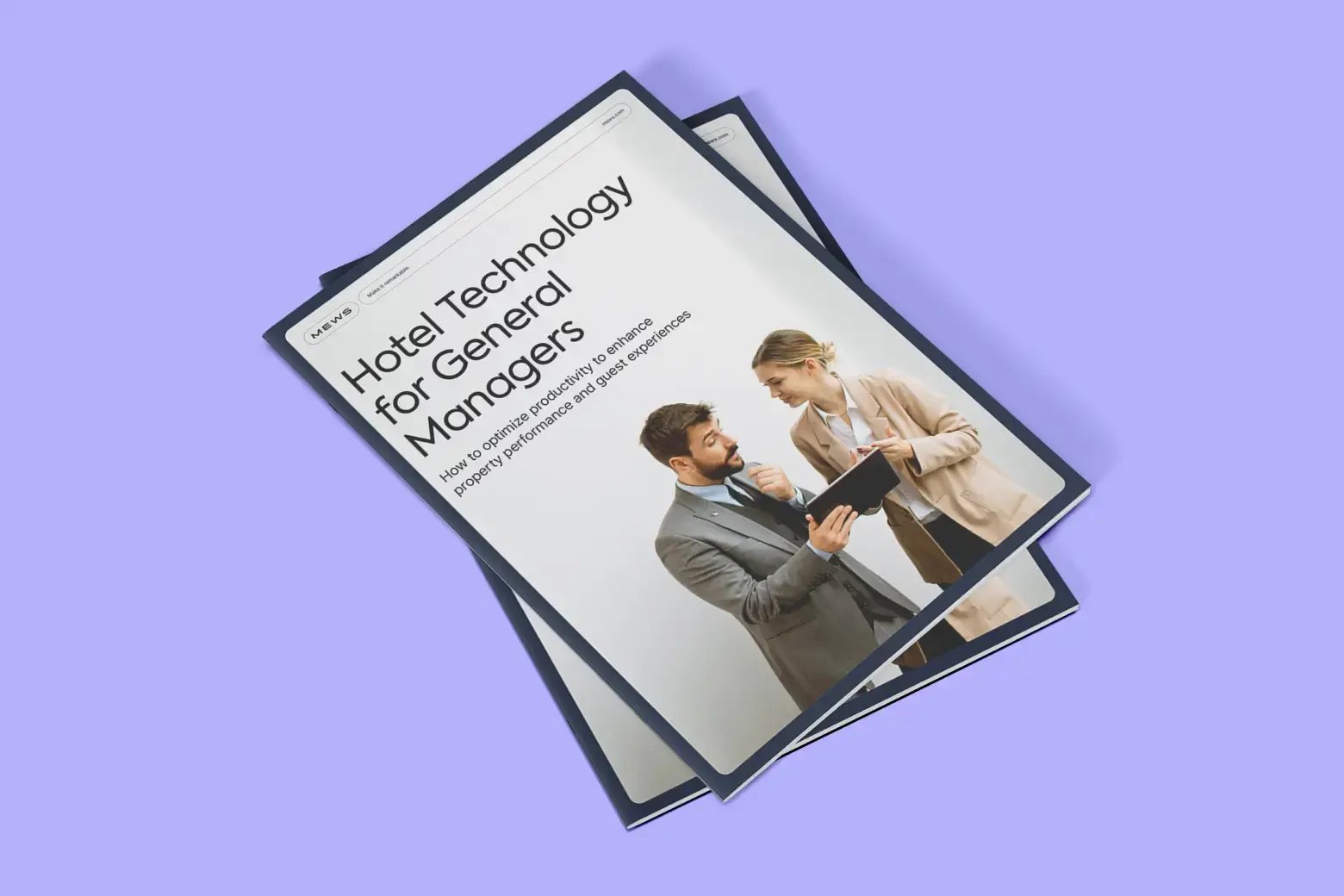Cost per guest acquisition is a must to maximize returns in hospitality. Knowing how much it costs to generate a booking tells you what your hotel needs to be profitable. You can calculate your hotel's average guest acquisition cost for any period to understand how well you did financially.
We'll look at the importance of GAC and how to calculate it. We'll then explore several types of costs and the strategies that can reduce the cost per guest to maximize profitability.
Table of contents
What is guest acquisition cost?
Guest acquisition cost (GAC) or customer acquisition cost (CAC) is the cost of acquiring a new guest. These associated costs could be marketing, advertising, distribution and third-party sites. This crucial calculation helps you monitor costs, which is a key to maximizing profit.
Why is guest acquisition cost important?
Guest acquisition cost matters for several reasons. First, it helps hoteliers better distribute resources and make informed decisions. It also provides insights into the marketing campaigns' profitability, empowering hotels to understand performance and set realistic budgets.
Comparing GAC with customer lifetime value lets you know whether guests' long-term value justifies their cost of acquisition. Finally, GAC is used to refine strategies, improve efforts, and compare costs with the industry benchmarks to understand how well your hotel does against the competition.
Find out how to carry out the perfect competitor analysis.

How to calculate cost per guest acquisition?
Now that you know what GAC is, let's see how to calculate it:
GAC= Total acquisition costs / Total number of new guests acquired
This essential metric will help you evaluate the effectiveness of marketing strategies and adjust your resources accordingly. Total acquisition costs usually include marketing expenses like OTAs and commissions from other distribution channels.
Types of guest acquisition costs
What are the types of costs to factor in when calculating this number?
Advertising and marketing
Advertising and marketing form the biggest chunk of your guest acquisition costs. To reach the booking stage of the buyer’s journey, guests must pass through the awareness and consideration phase. Since marketing drives this stage, it feeds into the costs of acquiring the guest.
Direct bookings and other distribution channels
Commissions paid to third parties are another essential part of your costs. The more business you do with third parties, the more it will eat into your budget. Direct bookings can also contribute – with the cost of your booking engine – but have a lower overall cost.
Other costs
Other acquisition costs can be loyalty program costs, technology and metasearch engine costs. Don't forget promotional activities, sponsoring events and PR efforts like working with influencers, which can get expensive when added up.
Strategies to reduce cost per guest acquisition
Because optimizing acquisition costs drives profitability, let's look at some strategies that help you optimize GAC. The most important thing is to focus on direct marketing channels like your website and social media, leverage SEO, take care of repeat guests, engaging them across all phases of the funnel.
Focus on direct marketing channels
The best way to reduce GAC is by focusing on direct marketing channels like your hotel’s own booking engine. This move will massively reduce marketing costs – paying a fixed cost for the booking engine software is much better than paying regular commissions. Plus, when working with direct channels, you can watch each step of the guest journey and jump in when you notice gaps.
Amplify social media
Social media is one of the easiest ways to support direct marketing efforts, so devote some time to boosting your visibility. While paid social media promotions can be helpful, social media lets you reach your target audience and talk with past and future guests. It's a powerful tool during the consideration phase when you're trying to drive the sale.

Leverage search engine marketing
Search engine marketing is a free way to attract more direct bookings. With the right keywords and regular content, you can easily connect with potential guests by giving them exactly what they need. The more you use SEO, the higher you'll show up in organic results – and higher visibility often means more guests.
Encourage repeat business
When you can turn a guest into a regular, you pay the acquisition cost once. That's why finding ways to keep guests loyal is on top of every hotelier's mind. Experiment with customer loyalty programs and efforts that make regular guests feel special, such as a bottle of wine or a complimentary drink at the bar. Repeat business is one of the best ways to reduce acquisition costs.
Engage customers across all phases of the funnel
Ongoing communication keeps your leads interested. Sending follow-up emails once guests have stayed with you doesn't cost any extra, and it keeps you on top of their minds when it's time to book again. Guest engagement through organic campaigns lowers your acquisition costs in the long term while leaving a positive impression on guests.
Of course, there's a balance between being too pushy and sending the right number of emails. The idea is to automate it to avoid extra work and regularly evaluate your engagement efforts.
Conclusion
Knowing how to calculate guest acquisition costs is an essential part of profitability. Not only does it help you understand how well your marketing activities are working – it provides valuable insights into what you need to adjust to keep customers more effectively. By familiarizing your hotel with your GAC and checking it regularly, you can make data-driven decisions, leading to more success.

Author
Eva Lacalle
Eva has over a decade of international experience in marketing, communication, events and digital marketing. When she's not at work, she's probably surfing, dancing, or exploring the world.

Essential hotel technology for general managers
Download now
Hospitality hot takes straight to your inbox


.webp)